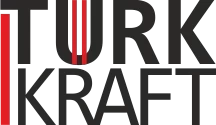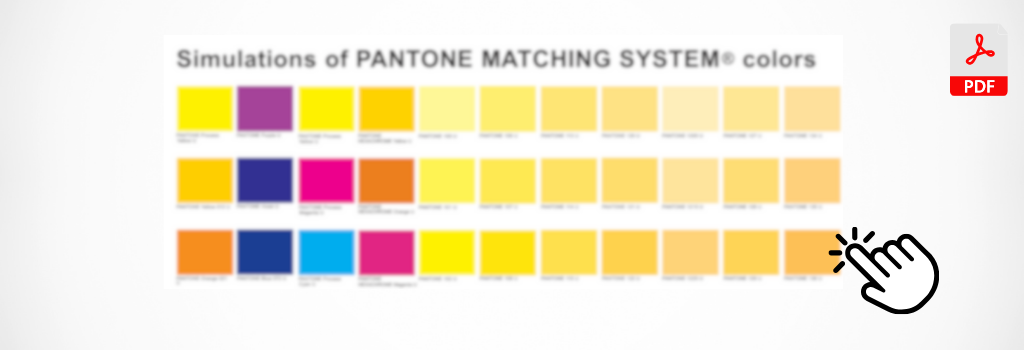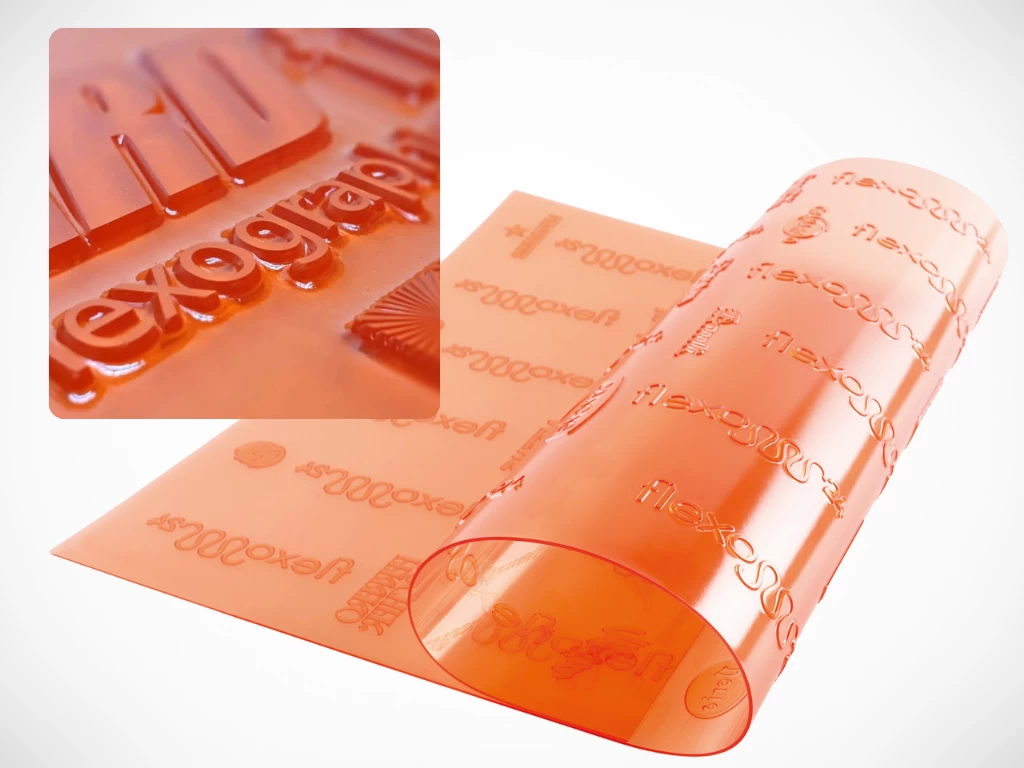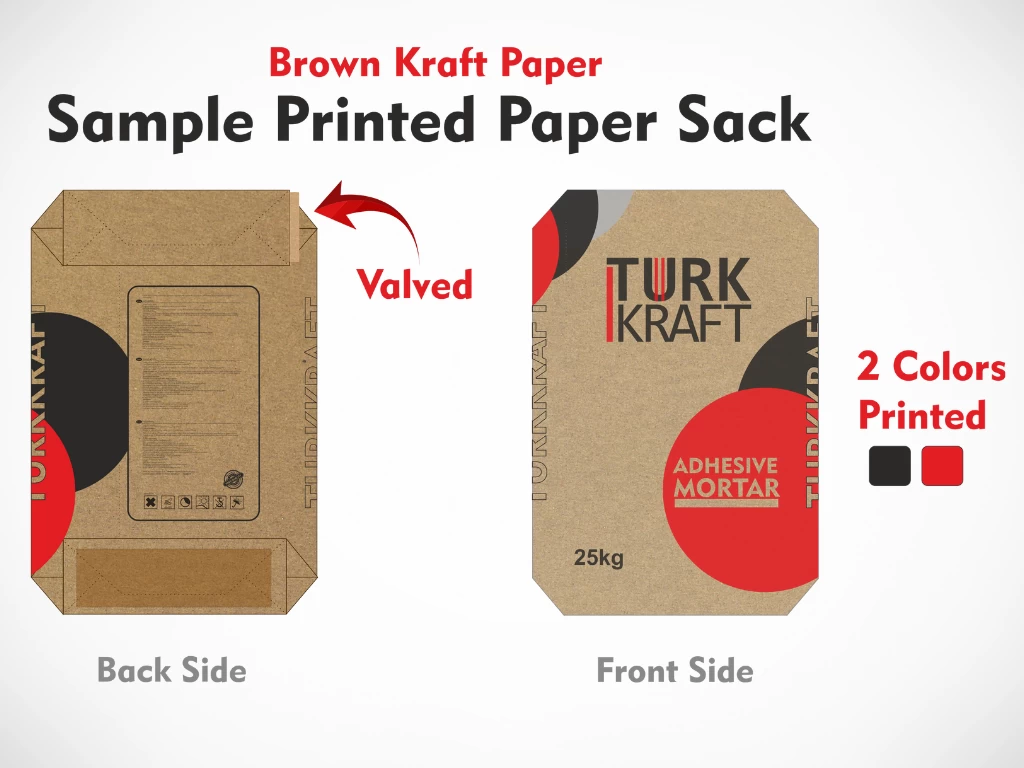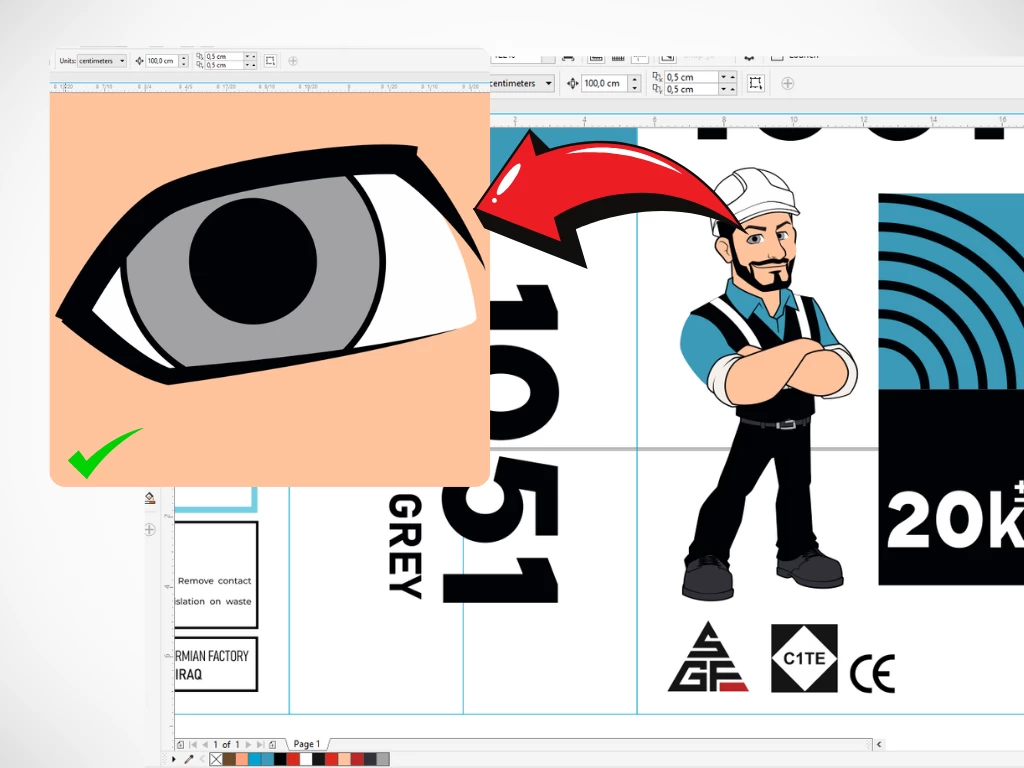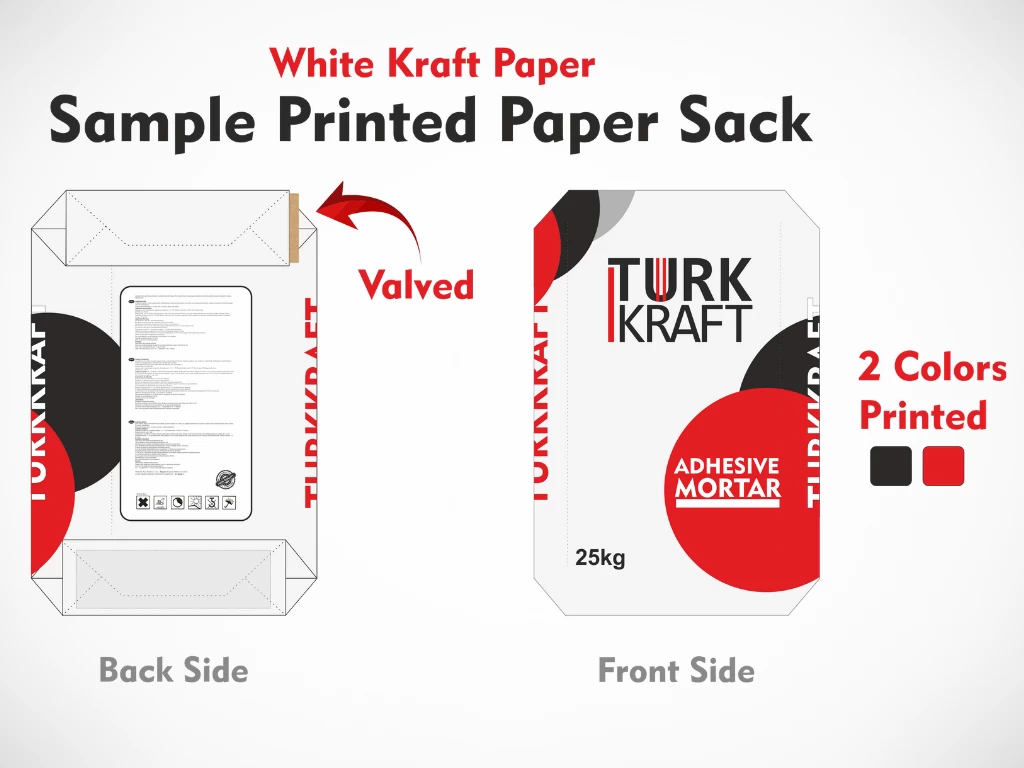What is Vector Graphic Work?
Vector artwork consists of graphics created using mathematical equations rather than individual pixels. This makes them scalable without losing quality, ensuring your design looks sharp at any size.
Vector graphic work is a graphic design method that uses mathematical equations and geometric shapes to create or edit an image.
Unlike pixel-based (raster) graphics, vector graphics represent images using vectors such as lines, curves, and polygons.
This allows vector graphics to be scaled to any size without losing quality and offers flexible design possibilities.
Key Features of Vector Graphics:
Mathematical Basis: Vector graphics are created and defined using mathematical formulas.
Scalability: Vector graphics can be enlarged or reduced without any loss of quality, making them ideal for logos and illustrations.
Small File Size: Vector graphics usually have smaller file sizes because they store mathematical definitions of shapes instead of pixel information.
Easy Editing: Vector graphics allow for easy adjustments as each element can be edited individually.
Common Uses of Vector Graphics:
Logo Design: To provide clear visuals at any size.
Illustrations: To create sharp and clean drawings for digital and print publications.
Textile and Print Designs: For printing on materials like fabric, t-shirts, posters, and more.
Web and Mobile Designs: To design icons, graphics, and visuals for websites and applications.
What is a halftone(Tram)?
In printing, "halftone" refers to a technique used to preserve tones and details during the printing process by converting images into small dots.
This method allows for the creation of grayscale tones in single-color (e.g., black and white) prints while maintaining visual details.
Halftone Structure:
The tones of an image are represented by dots of varying sizes or densities.
Darker areas are represented by denser or larger dots, while lighter areas use smaller or more spaced-out dots.
Visual details are achieved through the arrangement and density of these dots.
Halftone Angles:
To prevent color blending and to achieve clear images, different colors are halftoned at different angles.
For example, in four-color (CMYK) printing, Cyan, Magenta, Yellow, and Black are each printed at unique angles.
This helps to avoid unwanted patterns called "moiré."
What is Perforation?
Perforation is a technique used to create small holes in the material, facilitating air release or easy tearing. It's commonly used in bags to improve filling efficiency or for specific functional purposes.
Perforation refers to the process of creating small holes or cuts in a material to allow for controlled tearing, folding, or separation.
This technique is commonly used in packaging, printing, and other industries.
Key Features of Perforation:
Small Holes or Cuts: Perforation involves making tiny holes or slits along a line to allow the material to tear easily.
Controlled Tearing: It provides precise and controlled tearing without damaging the rest of the material.
Flexibility: Perforation can be straight, curved, or in custom shapes depending on the requirement.
Common Uses of Perforation:
Packaging: To make it easy to open packages like plastic bags or cardboard boxes.
Paper Products: For creating tear-off forms, receipts, tickets, and coupons.
Labels: To allow easy peeling or removal from backing material.
Venting: In some cases, perforation is used to provide air circulation or reduce pressure in a sealed package.
Pantone is an international color matching system used to ensure color consistency.
It is widely used in graphic design, printing, textiles, and packaging industries to accurately define and reproduce colors.
Pantone assigns a unique number and name to each color, helping to standardize colors throughout the production process.
Benefits of Pantone for Customers and Producers:
Color Consistency: When a customer and producer agree on a Pantone color, color consistency is maintained regardless of the printing technique or material used.
This is crucial for maintaining brand image and ensuring products always look the same.
Quick and Easy Communication: Pantone numbers simplify communication between customers and producers.
There's no need to send color samples; mentioning the Pantone number is enough to identify the correct color.
Custom Colors: The Pantone system allows the creation of custom colors for a specific brand or project.
This enables brands to be unique and distinctive.
Simplifies the Printing Process: For producers, Pantone colors make it easier to set up printing machines correctly and achieve the desired result faster.
Pantone Uncoated Catalog for Multiwall Paper Bags:
The uncoated Pantone catalog includes color references suitable for matte or rough surfaces.
It is used to select the right colors for uncoated surfaces like multiwall paper bags, ensuring that colors align with the paper's texture during printing.
